The 12-day conflict that erupted in June revealed a critical shift in the longstanding shadow engagement model between Iran and Israel, marking its evolution into a phase of overt and conventional military confrontation. During this period, Israel conducted simultaneous strikes targeting Iran’s nuclear infrastructure, missile capabilities and military command-and-control systems. These attacks were not limited to degrading Iran’s physical capacities; they also aimed to disrupt its decision-making processes and erode its ability to generate strategic responses.
In the aftermath, the resulting regional power vacuum and heightened uncertainty made diplomatic engagement a pressing necessity. Within this context, the Iran-E3 (Germany, France and the United Kingdom) meetings held in Istanbul stood out as the first significant attempt at multilateral balancing in the post-conflict period. However, the low-profile nature of these talks underscores two realities: the persistent structural mistrust between the parties and the absence of a clearly defined negotiation framework. This diplomatic quietude can be interpreted, on the one hand, as a preliminary effort to establish a new basis for compromise; on the other hand, it suggests a calibrated strategy that seeks to sustain the coercive leverage of the snapback mechanism while extending negotiations over time.
Shadow of snapback mechanism
Defined under the 2015 Joint Comprehensive Plan of Action (JCPOA), the snapback mechanism is a non-vetoable provision that allows for the automatic reimposition of U.N. Security Council sanctions if Iran is found to be in serious violation of its nuclear obligations. The legal structure of the mechanism enables any party to the agreement to trigger the process unilaterally by submitting a formal allegation of non-compliance. As such, it functions as a persistent, low-intensity source of diplomatic pressure throughout negotiations. The looming threat of snapback during the late-July talks in Istanbul thus served not only as a punitive instrument, but also as a strategic lever shaping the parameters of negotiation. The E3, particularly Germany and France, made explicit reference to the mechanism in their diplomatic rhetoric, a signal that went beyond concerns over technical violations. Rather, it reflected a broader attempt to exert external control over Iran’s strategic orientation. Keeping the snapback threat on the table generates a time-sensitive pressure dynamic, one that compels Iran to recalibrate its current position. In this way, the diplomatic process becomes not merely a forum for negotiation but a waiting game conditioned by strategic patience and calibrated coercion.
The renewed relevance of the snapback mechanism has made it a decisive issue not only in Iran’s foreign policy agenda but also within its internal political balance and institutional dynamics. Among the security elites surrounding the Supreme Leader, particularly within the Supreme National Security Council and the Foreign Ministry bureaucracy, the mechanism is interpreted as a systemic transformation effort imposed by the West through the nuclear file. They argue that snapback is not merely a technical procedure, but a strategic lever intended to interfere directly with the regime’s overall direction. In contrast, specific decision-makers aligned with a more technocratic and pragmatic outlook view the deactivation of snapback as achievable through gradual cooperation with the International Atomic Energy Agency (IAEA) and symbolic steps toward transparency. However, this approach faces significant resistance within the institutional framework. The IAEA’s recent posture has created a new security narrative that obstructs the emergence of a sustainable diplomatic outlook within Iran. Tehran’s perception of the Agency is clear – and far from neutral.
Iran’s dilemma
In this context, Iran’s accusations against the IAEA, particularly against its director general, Rafael Grossi, are noteworthy. Grossi’s public statements on Iran’s nuclear activities, combined with his reports based on Israeli-sourced intelligence, have been viewed in Tehran as violations of the principle of neutrality. Iranian officials argue that the agency has exceeded its technical monitoring mandate and has effectively become a legitimizing actor for the snapback mechanism. The Iranian Parliament’s late-June decision to suspend cooperation with the agency reflects how this institutional distrust has been internalized not just rhetorically but also at the legal level. These criticisms have further weakened diplomatic currents within Iran’s bureaucracy that favor reengagement with Grossi. As a result, the technical channels that shape Iran’s external bargaining capacity have become politically sensitive flashpoints, carrying the risk of triggering a legitimacy crisis at home.
These internal divisions were directly reflected in the structure and tone of the Iran–E3 talks held in Istanbul. The meetings were mainly conducted out of public view, limited to a technical level and couched in symbolic language. This was not only a result of distrust toward the other parties but also a reflection of the need to carefully manage Iran’s internal power dynamics. The tension created by any prospect of cooperation with the IAEA has forced Tehran to maintain a coherent external discourse, while simultaneously creating ambiguity at the level of implementation. In this sense, the Istanbul meetings functioned less as a venue for generating concrete solutions and more as a testing ground – where each side gauged the other’s room for maneuver and sought to preserve its own diplomatic flexibility. Iran’s decision to keep its participation low-profile should be seen as part of a defensive strategy: an effort both to contain the potential domestic legitimacy costs of the snapback threat and to shield the foreign policy domain from internal institutional interference.
In conclusion, the renewed seriousness of the snapback threat represents not merely a tool of diplomatic coercion, but a structural risk that tests the endurance limits of a post-conflict state already strained politically and economically. Iran is simultaneously grappling with a deepening infrastructure crisis – exacerbated by energy and water shortages – and with internal pressures such as high inflation, unemployment and widespread public dissatisfaction. In such a hybrid pressure environment, the activation of snapback would not only entail the reinstatement of economic sanctions but also severely challenge the state’s capacity to maintain social stability, preserve domestic legitimacy and exercise foreign policy flexibility. One of the core reasons the recent diplomatic engagements have remained low-profile and narrowly framed lies here: rather than redefining its external posture, Iran is primarily focused on managing its internal fragilities. In this context, the snapback mechanism should not be seen merely as a negotiation item, but as a strategic threshold with the potential to institutionalize crisis.

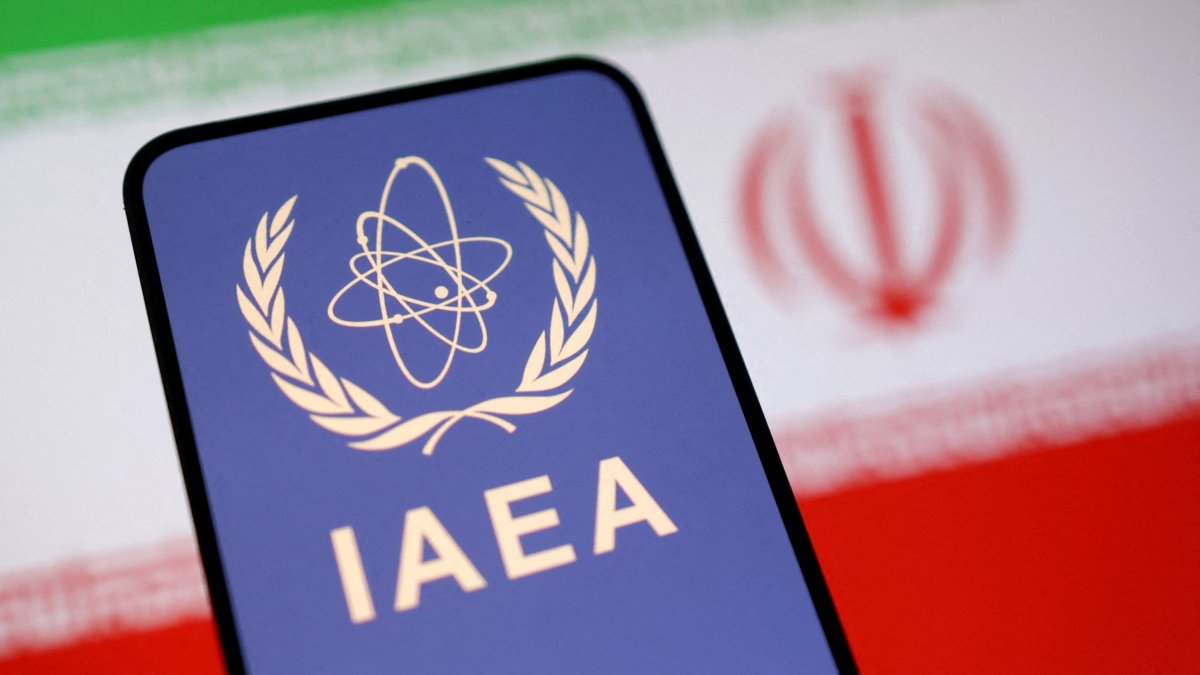




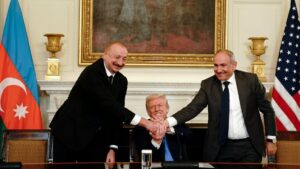


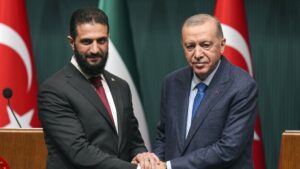


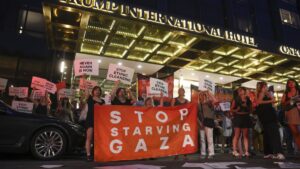


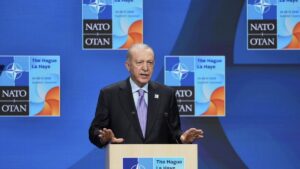
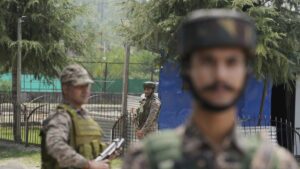




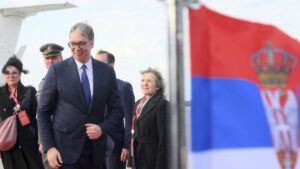




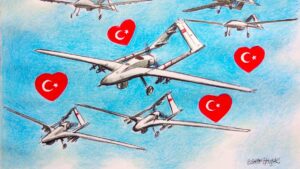
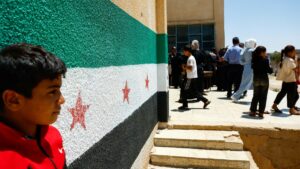

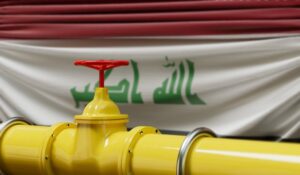

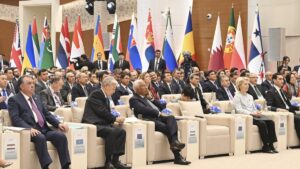


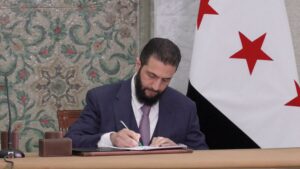



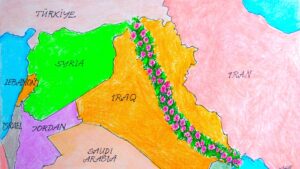


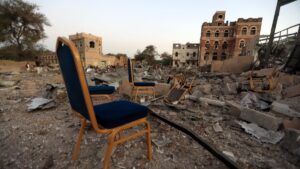
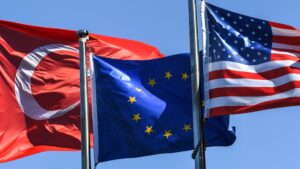
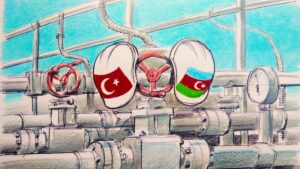

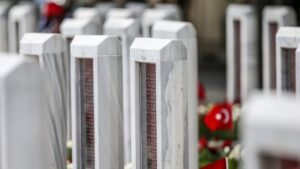

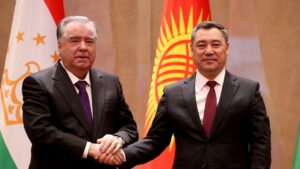
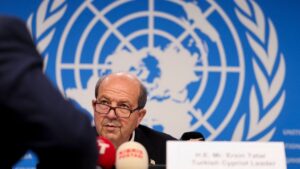
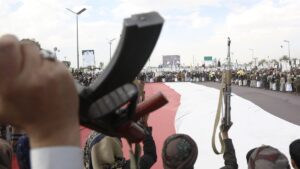

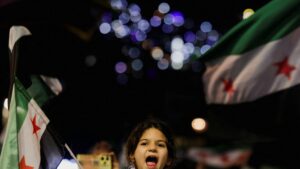
Be First to Comment